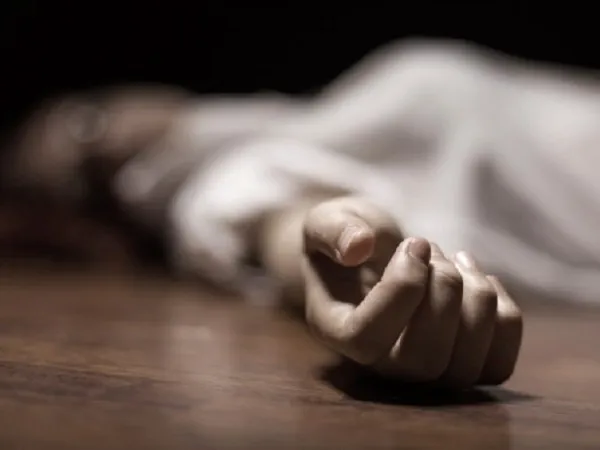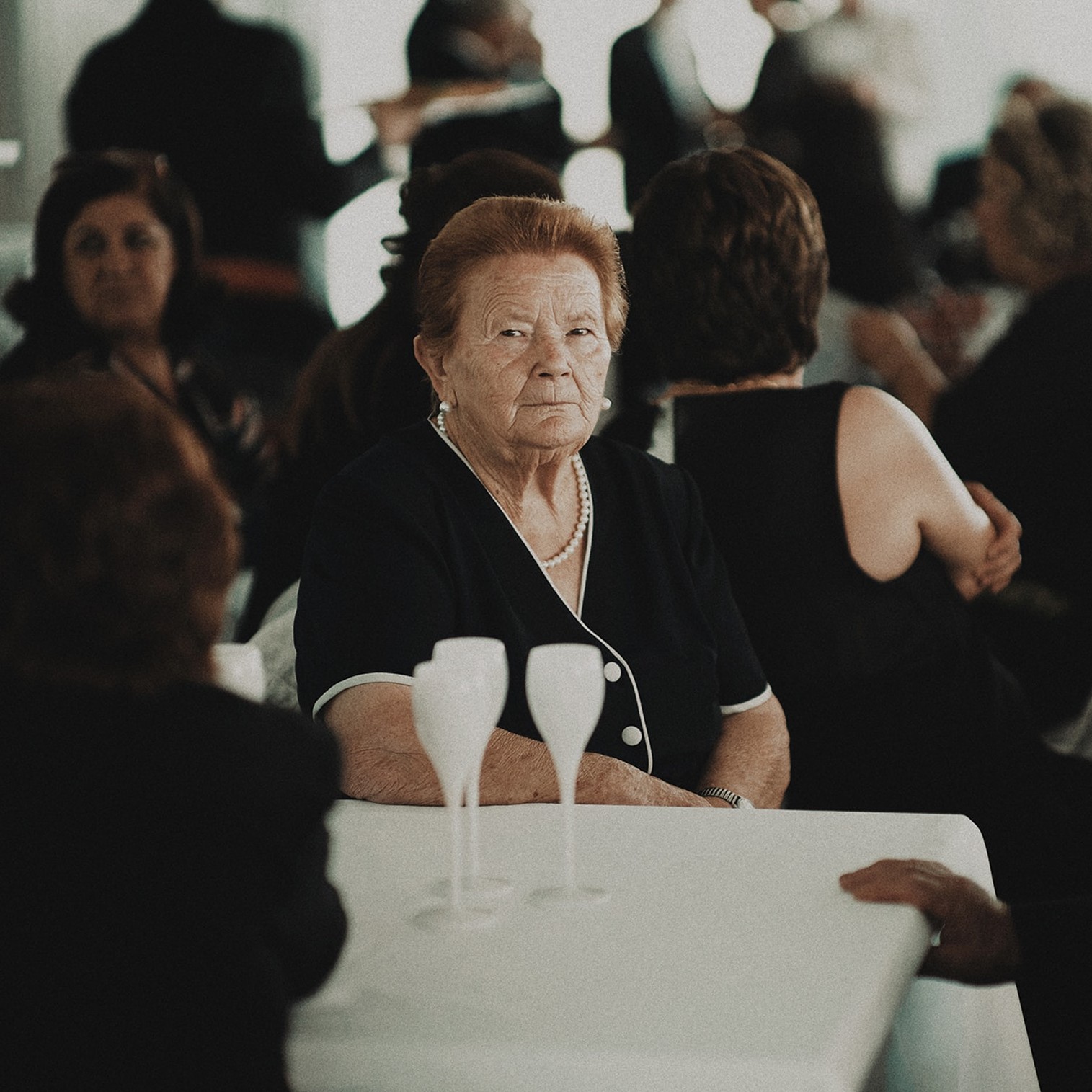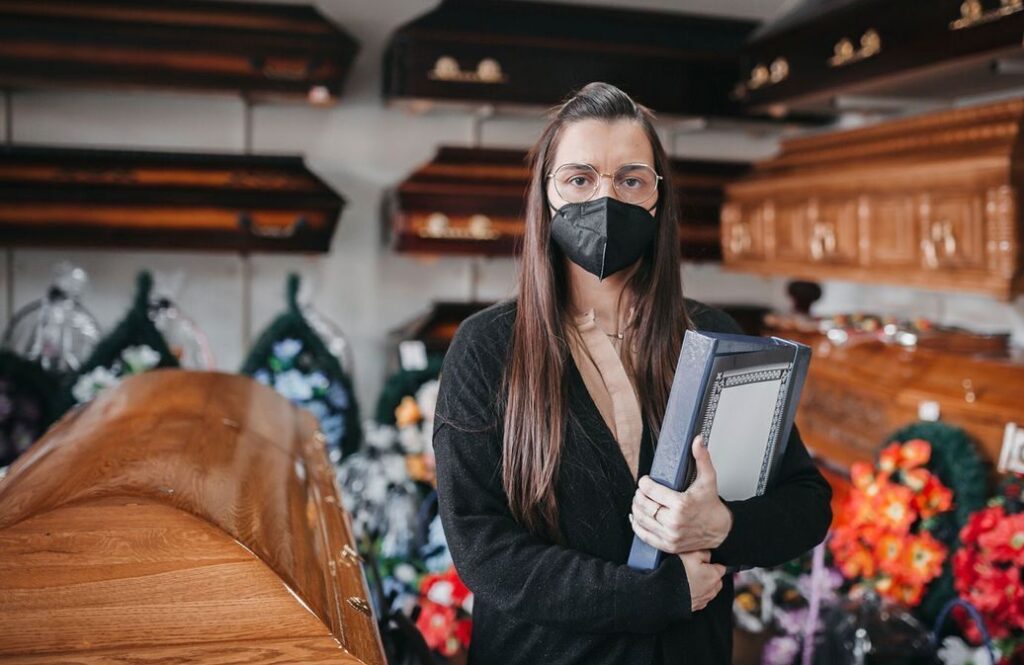Science defines death as the aging process that often ends with failure of several organs. It occurs when the cardiovascular system such as lung and brain collapse. From a science point of view there are different stages of death. Clinical death occurs when a person stops breathing and blood, nutrients and oxygen are no longer sent to vital organs. In case of clinical death, resuscitation is still possible and often successful. If the cerebrum and cerebellum have failed resuscitation is not possible. Some brain cells might still be alive but consciousness lost, making resuscitation impossible. Living organisms have a way of destroying potentially dangerous cells such as viruses and cancer, and in case of death the cells divides at a slow pace and stops at some point. Biological death occurs about four hours after clinical death, the cells in the body start to break down and die.
The body can survives without oxygen and nutrients for a short period. Cells divide slowly and at some point they die, and when many cells have died, the organs are not able to regenerate. The brain cells die after three to five minutes. The heart continue to beat for up to half an hour and as soon as the blood ceases to circulate it sinks and form death spots, which gives forensics clue of what may have caused the death. According to science, near death experiences occur between clinical death and resuscitation. Near death experiences vary depending on culture and religion. People who have experienced near death situations tell of memories flowing in, detachment from the body, landscapes of bright light, feeling of great happiness or states of fear and panic.
Near death experiences are more frequent when resuscitation has lasted for a long period, and the supply of oxygen to the brain is impaired for long. Undersupply of blood affects the temporal and parietal lobes of the brain and the switching point of the brain. It is unclear whether near death experiences originate from the parietal lobe of the brains and scientists have been doing investigations to find out how near death experience compare to living experiences



